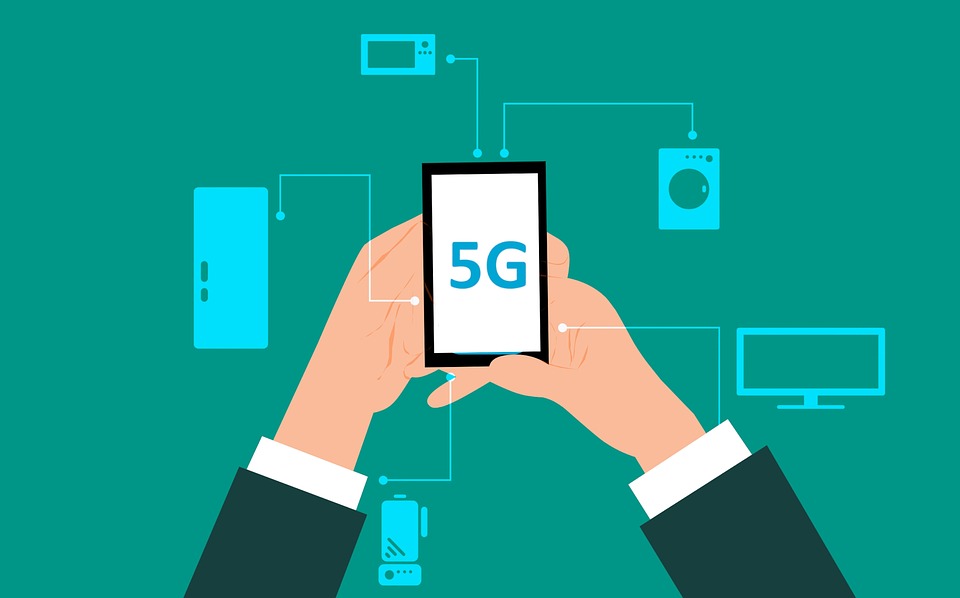
Qualcomm and EE are preparing to launch the UK’s first commercial 5G services as EE gets ready to switch on its 5G network in six cities on May 30.
The 5G services will be first rolled out in London, Birmingham, Cardiff, Manchester, Edinburgh and Belfast to start, with the inclusion of extra cities planned towards the end of 2019.
The 5G network is being constructed on top of EE’s existing 4G infrastructure and the company is planning to use both the 4G and 5G network in tandem until 2022, by then it expects to have its core 5G network in place.
While in 2023 it hopes to be able to introduce reliable low latency communications alongside network slicing capabilities and multi-gigabit-per-second speeds.
EE said that it expects “customers to experience an increase in speeds of around 100-150Mbps even in the busiest areas. Some customers will break the one gigabit-per-second milestone on their 5G smartphones. The fastest speed possible when EE launched 4G in 2012 was just 50Mbps.”
UK’s First Commercial 5G Service Will Operate On n78 Band
The 5G network switched on by EE will use the band frequency n78, which was recently auctioned and purchased by EE at the beginning of this year for £302 million.
The n78 band is 3500 MHz and is commonly referenced as the 3.5 GHz 5G band. It is one of the most extensively tested 5G bands, this is due to the fact that many of the lower mobile network frequencies are already used in 3G and 4G networks.
The n78 band is restricted by the same limitations that apply to most frequencies in its range, such as poor performance at travelling distance. Atmospheric absorption is another concern as well, as the signal can be affected by varying atmospheric conditions. Manufactures have gotten around these issues with an array of techniques such as massive multiple-input and multiple-output infrastructures, alongside advanced beam-forming and beam-tracking technologies.
The Global System for Mobile Communications note in a report that: “The new 5G bands that regulators are making available will also affect how networks are deployed. Prime 5G mid-bands (e.g. 3.5 GHz) and millimetre wave bands (e.g. 26 GHz and 28 GHz) will suit dense 5G small cell networks in urban hotspots where additional capacity is vital.”
“However, these frequency bands can also suit macrocells for wider area coverage – including fixed wireless access – using beamforming. These technological advancements mean that the 3.5 GHz band can provide the same coverage, and use the same cell sites, as the current 2.6 GHz and 1800 MHz mobile bands.”
EE’s network and premium mobile devices instrumental in the roll out of its 5G infrastructure use an array of technologies developed by Qualcomm, predominantly the Snapdragon 855 Mobile Platform which uses a Snapdragon X50 5G Modem and Qualcomm Technologies’ RF Front-End module.
Marc Allera, chief executive officer, BT’s Consumer business commented: “We’re at the bleeding edge of technology with this 5G launch, and that’s exactly where we want to be – enabled by our great relationship with Qualcomm Technologies.”
“Adding 5G to the UK’s number one 4G network will be transformative for consumer and business experiences – in 2019, that’s about creating a more reliable, faster experience. In the years to come 5G is going to be woven into every aspect of society, making lives better, easier and safer.”






